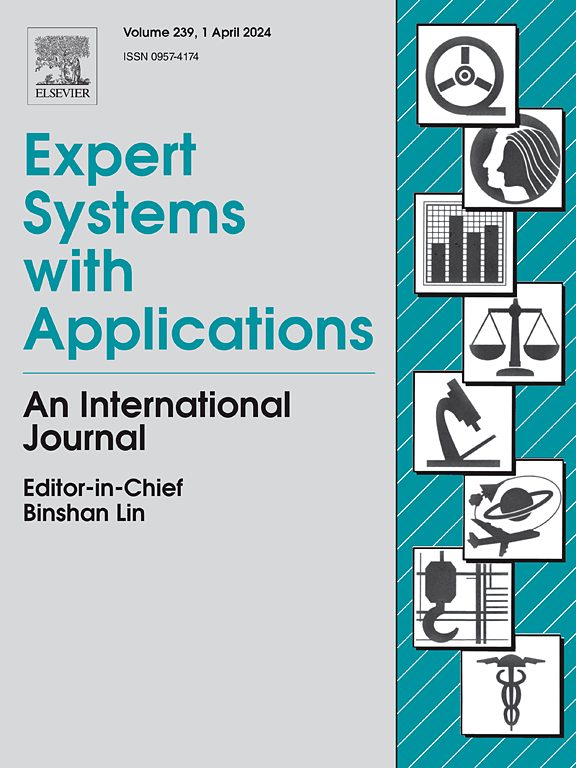Cross-scene hyperspectral image classification based on cross-domain feature extraction and category decision collaborative optimization
IF 7.5
1区 计算机科学
Q1 COMPUTER SCIENCE, ARTIFICIAL INTELLIGENCE
引用次数: 0
Abstract
Cross-scene hyperspectral image classification aims to enable the model to complete the classification of unlabeled target domain data by learning from labeled source domain data. Aiming at the problem that most current cross-scene hyperspectral image classification algorithms do not fully consider the cross-domain feature representation and category decision boundary optimization, a cross-domain Feature Extraction and Category Decision collaborative optimization (FECD) network is proposed. First, an adaptive feature discovery based on dynamic masks is designed. In this mechanism, the dynamically scaled masks are applied to the 3D representation of source and target domain data to generate an informative feature space and enhance the cross-scene discrimination potential of the model. Second, a dual-stream convolutional cross-domain feature extraction based on Mamba stream and ViT stream is constructed. Long sequence modeling and convolutional attention mechanisms are used to capture cross-domain spectral features between pixel, and self-attention mechanisms and multi-scale convolution are used to excavate cross-domain space patterns of pixel. Finally, a category decision based on the co-optimization of dual-stream classifiers is implemented. The spectral and spatial boundaries learned by the dual streams are fused to optimize the category decision. Therefore, the risk of false labeling is avoided while obtaining more accurate category boundaries. Compared with seven state-of-the-art algorithms on three widely used datasets, FECD obtains better categorization results on three categorization metrics: OA, AA, and Kappa.
基于跨域特征提取和类别决策协同优化的跨场景高光谱图像分类
跨场景高光谱图像分类的目的是使模型通过学习有标记的源域数据,完成对未标记的目标域数据的分类。针对目前大多数跨场景高光谱图像分类算法未充分考虑跨域特征表示和类别决策边界优化的问题,提出了一种跨域特征提取与类别决策协同优化(FECD)网络。首先,设计了一种基于动态掩模的自适应特征发现方法。在该机制中,将动态缩放的蒙版应用于源域和目标域数据的三维表示,生成信息丰富的特征空间,增强模型的跨场景识别潜力。其次,构建了基于Mamba流和ViT流的双流卷积跨域特征提取方法;利用长序列建模和卷积注意机制捕获像元之间的跨域光谱特征,利用自注意机制和多尺度卷积挖掘像元的跨域空间模式。最后,实现了基于双流分类器协同优化的分类决策。将双流学习到的光谱边界和空间边界进行融合,优化分类决策。因此,在获得更准确的品类边界的同时,避免了错误标注的风险。与7种最先进的算法在3个广泛使用的数据集上进行比较,FECD在OA、AA和Kappa三个分类指标上获得了更好的分类结果。
本文章由计算机程序翻译,如有差异,请以英文原文为准。
求助全文
约1分钟内获得全文
求助全文
来源期刊

Expert Systems with Applications
工程技术-工程:电子与电气
CiteScore
13.80
自引率
10.60%
发文量
2045
审稿时长
8.7 months
期刊介绍:
Expert Systems With Applications is an international journal dedicated to the exchange of information on expert and intelligent systems used globally in industry, government, and universities. The journal emphasizes original papers covering the design, development, testing, implementation, and management of these systems, offering practical guidelines. It spans various sectors such as finance, engineering, marketing, law, project management, information management, medicine, and more. The journal also welcomes papers on multi-agent systems, knowledge management, neural networks, knowledge discovery, data mining, and other related areas, excluding applications to military/defense systems.
 求助内容:
求助内容: 应助结果提醒方式:
应助结果提醒方式:


